



My recommendation is to focus on the cleaning power, measured in PSI (pounds per square inch) and GPM (gallons per minute). For most residential tasks, a unit with at least 2000 PSI and 1.5 GPM suffices. However, tougher jobs may require higher specifications, pushing towards 3000 PSI with 2.5 GPM. Assessing the balance between these two figures determines the effectiveness of the machine in tackling grime, dirt, and stains.
Consider the type of motor as well. Electric models are quieter and more suited for light tasks, whereas gas-powered units deliver more robust performance for heavy-duty work. Remember, gas models offer the advantage of portability, allowing use in areas without power access. Evaluate whether your cleaning needs align with the convenience of electric power or the strength of gas.
Pay attention to the weight and portability of the unit. A heavier machine might be challenging to manoeuvre, especially for prolonged use. Look for features like ergonomic handles and larger wheels for improved mobility. Additionally, select a model that includes various nozzles for versatile applications, allowing you to adjust the spray pattern for different surfaces, from delicate wood to sturdy concrete.
Investing in sturdy construction materials is another crucial factor. Look for units with durable plastic or metal housing to withstand wear and tear. A reliable warranty also indicates a manufacturer’s confidence in their product’s longevity. After all, it’s not just about the initial purchase; it’s about long-term satisfaction and usability.
Finally, read user reviews and expert opinions. They offer invaluable insights into real-world performance, reliability, and potential pitfalls. Gathering information from different sources can guide you towards making an informed decision that aligns with your specific cleaning requirements.
Understanding Pressure Washer Specifications
Focus on the following metrics to determine the right machine for your needs: PSI, GPM, and motor type. These specifications directly influence the cleaning capabilities and efficiency of any unit.
PSI and GPM Explained
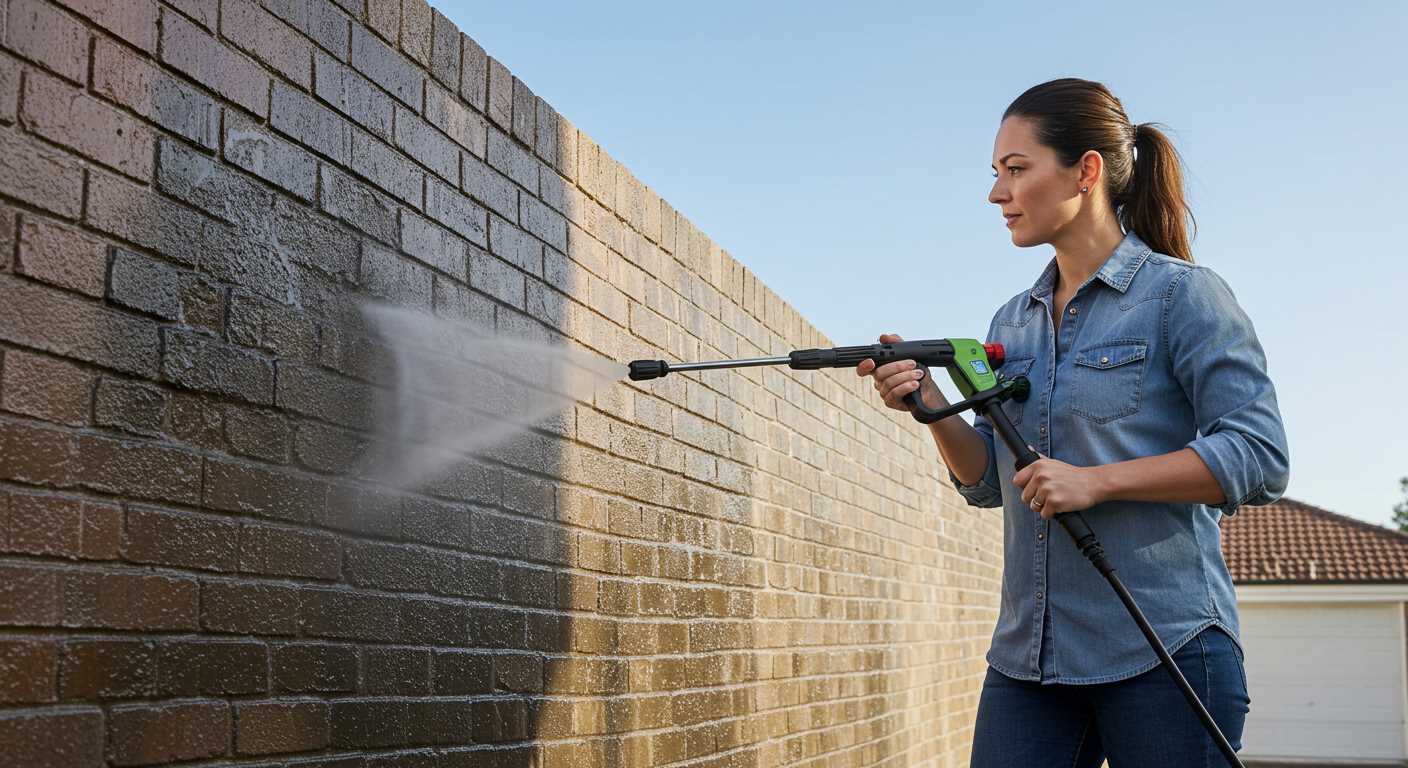
PSI, or pounds per square inch, measures the water pressure delivered by the unit. A higher PSI indicates stronger cleaning power, suitable for tough stains. For general cleaning tasks around the home, a unit with 1500-2500 PSI suffices. For stubborn grime or larger areas, consider models exceeding 3000 PSI.
GPM, or gallons per minute, indicates water flow. More GPM leads to faster cleaning. A balance between PSI and GPM is key; typically, a machine should have both higher numbers relative to each other for optimal performance. For lighter tasks, aim for around 1.2-2.5 GPM, while heavy-duty jobs may require 2.5 GPM or higher.
Motor Type Considerations
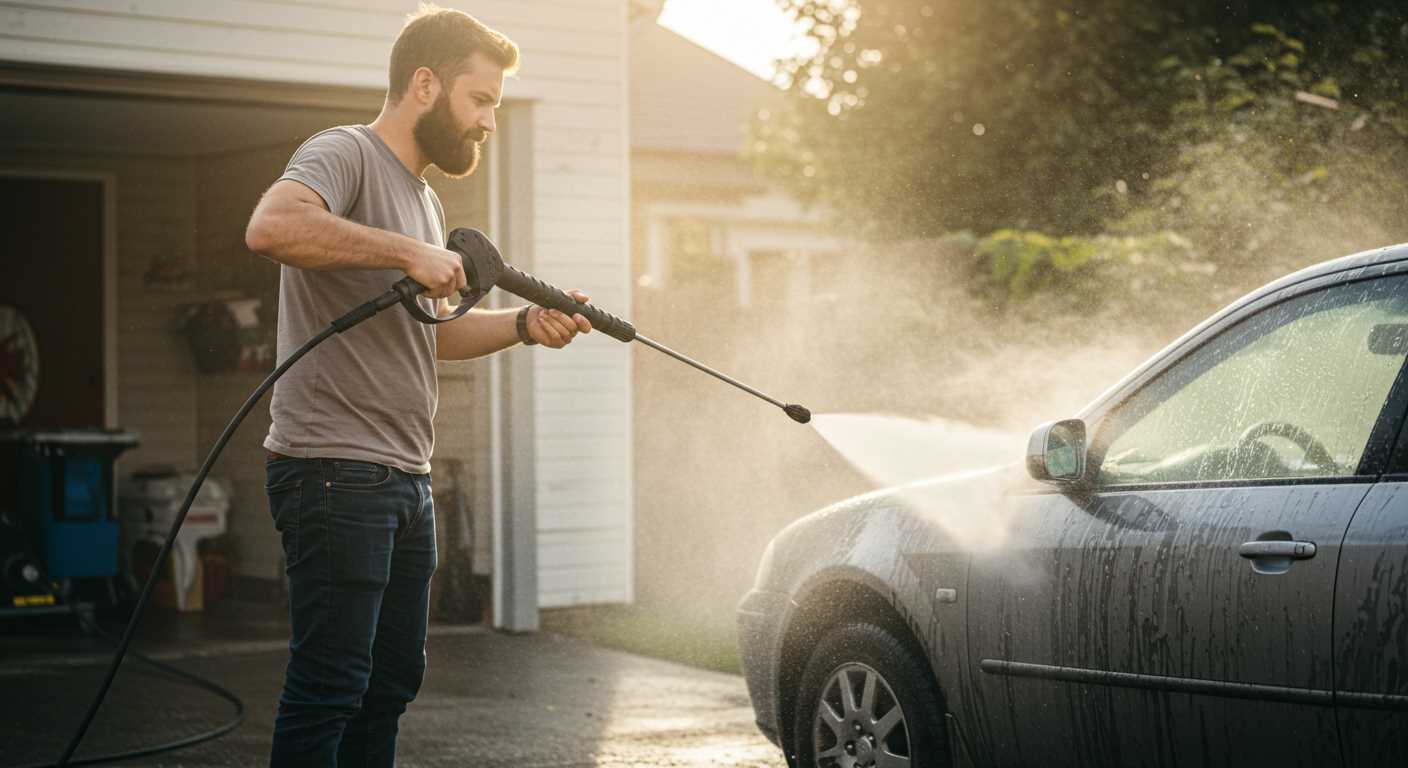
Electric and gas motors serve different purposes. Electric models are quieter, lighter, and best for small-scale tasks like cleaning vehicles and patios. They require less maintenance. On the other hand, gas-powered machines offer portability and higher power, making them suitable for extensive projects such as deck cleaning or industrial applications.
| Specification | Recommended Range | Best For |
|---|---|---|
| PSI | 1500 – 2500 | Home cleaning tasks |
| PSI | 3000+ | Heavy-duty cleaning |
| GPM | 1.2 – 2.5 | Light cleaning |
| GPM | 2.5+ | Deep cleaning |
| Motor Type | Electric | Small tasks, quieter operation |
| Motor Type | Gas | Extensive projects, greater power |
Always review these specifications while comparing models to ensure the equipment matches your cleaning challenges efficiently.
Identifying Your Cleaning Needs and Tasks
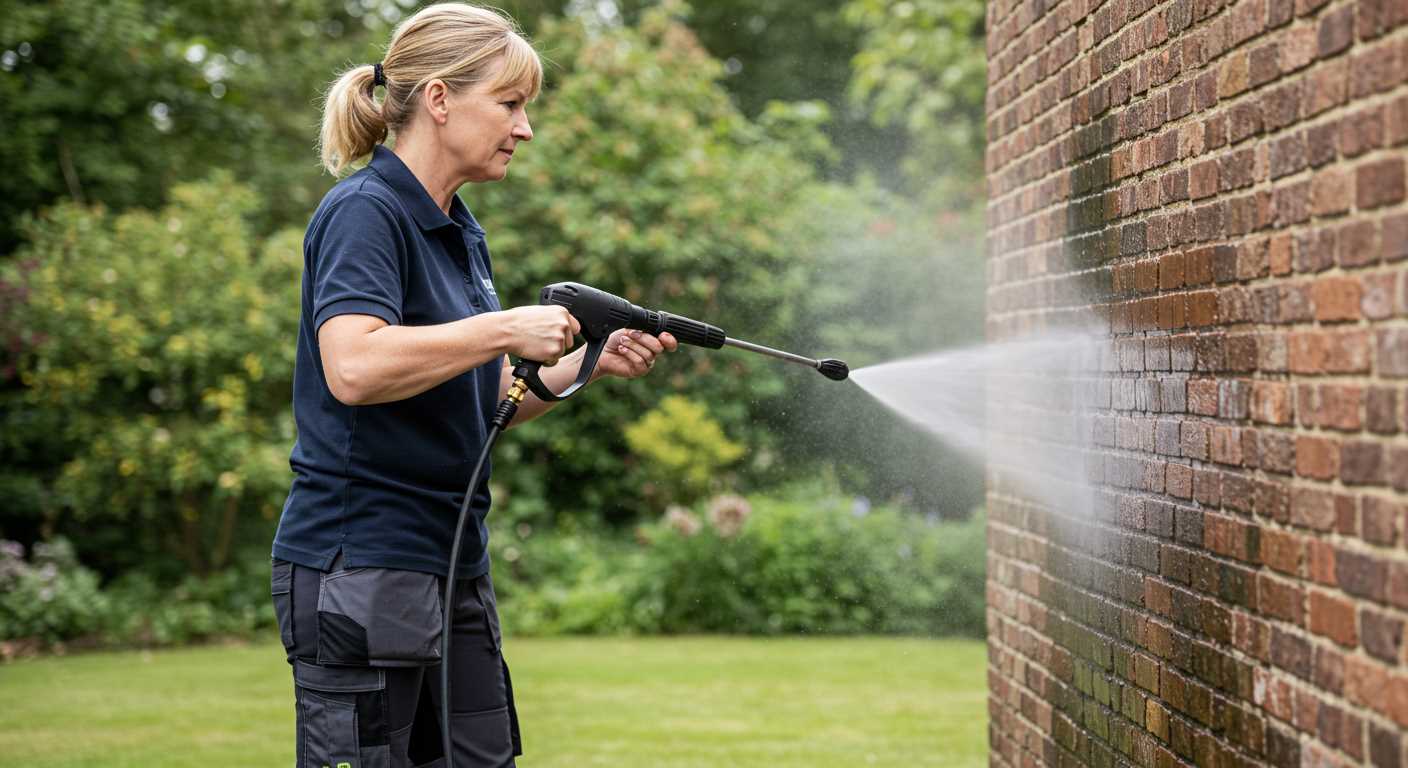
First, determine the surfaces you’ll be tackling. For harder materials like concrete or brick, a unit with higher pressure (over 3000 PSI) is necessary, while softer surfaces such as wood may require a gentler approach to prevent damage.
Next, assess the scale of the job. Smaller outdoor spaces or vehicles can typically manage with models producing between 1300 to 1900 PSI, whereas larger areas demand more robust equipment. Additionally, consider the type of dirt or grime you’re dealing with; grease and oil stains will need higher cleaning power and potentially additives.
Plan out potential accessories. Nozzles with varying degrees of spray angles enable customization based on the task–0° for intense spots, 15° to cut through grime, and wider angles for gentle rinsing. If tackling multiple projects, opt for a versatile attachment set.
Reflect on your frequency of use. If you require a machine for sporadic household needs, a lower-end model may suffice. Regularly used machines should feature more durability and higher specifications to withstand frequent operations.
Consider storage and portability. Compact models may work well if space is limited, while larger units often include wheels for easy manoeuvring but require more storage space. Ensure you have adequate power sources and hoses that suit your chosen location for use.
Lastly, think about eco-friendliness. Some devices offer adjustable flow rates, allowing you to save water while maintaining performance. Identifying these specific requirements will streamline your selection and enhance satisfaction with your chosen equipment.
Choosing the Right Power Source: Electric vs. Petrol
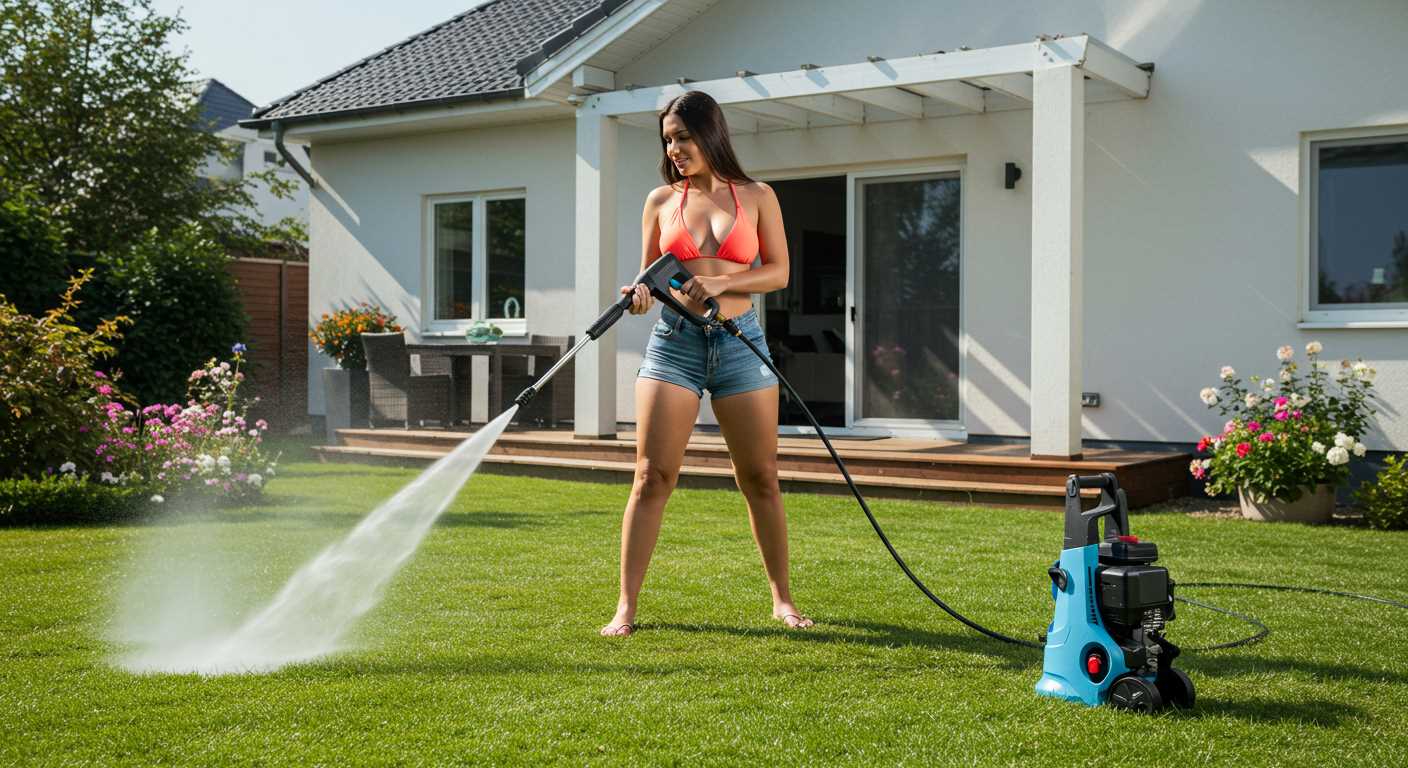
For optimal performance, consider your specific cleaning tasks and working environment. Electric models are typically best for residential use, while petrol engines excel in more demanding applications.
- Electric Models:
- Quieter operation, suitable for residential areas.
- Lower maintenance costs due to fewer moving parts.
- Generally lighter and more portable, making them easy to manoeuvre.
- Power ranges from 1300 to 3000 PSI, adequate for most home chores.
- Dependence on an electrical outlet limits remote use.
- Petrol Models:
- Higher pressure outputs, often exceeding 4000 PSI, ideal for heavy-duty tasks.
- Higher durability and longer operational times, beneficial for extensive cleaning jobs.
- Greater versatility in hard-to-reach areas since no power outlet is needed.
- Can be heavier and might require more maintenance, including oil changes.
- Higher noise levels and emissions could be a concern in residential settings.
In my experience, if you primarily tackle light to moderate cleaning jobs such as washing cars or patios, an electric unit will suffice. For large areas or commercial-grade cleaning, petrol options provide the necessary power and flexibility.
Assessing Nozzle Types and Their Uses
For optimal cleaning performance, select the right nozzle type based on tasks. Understanding the nozzle shapes and spraying patterns is key to achieving your cleaning objectives efficiently.
Types of Nozzles
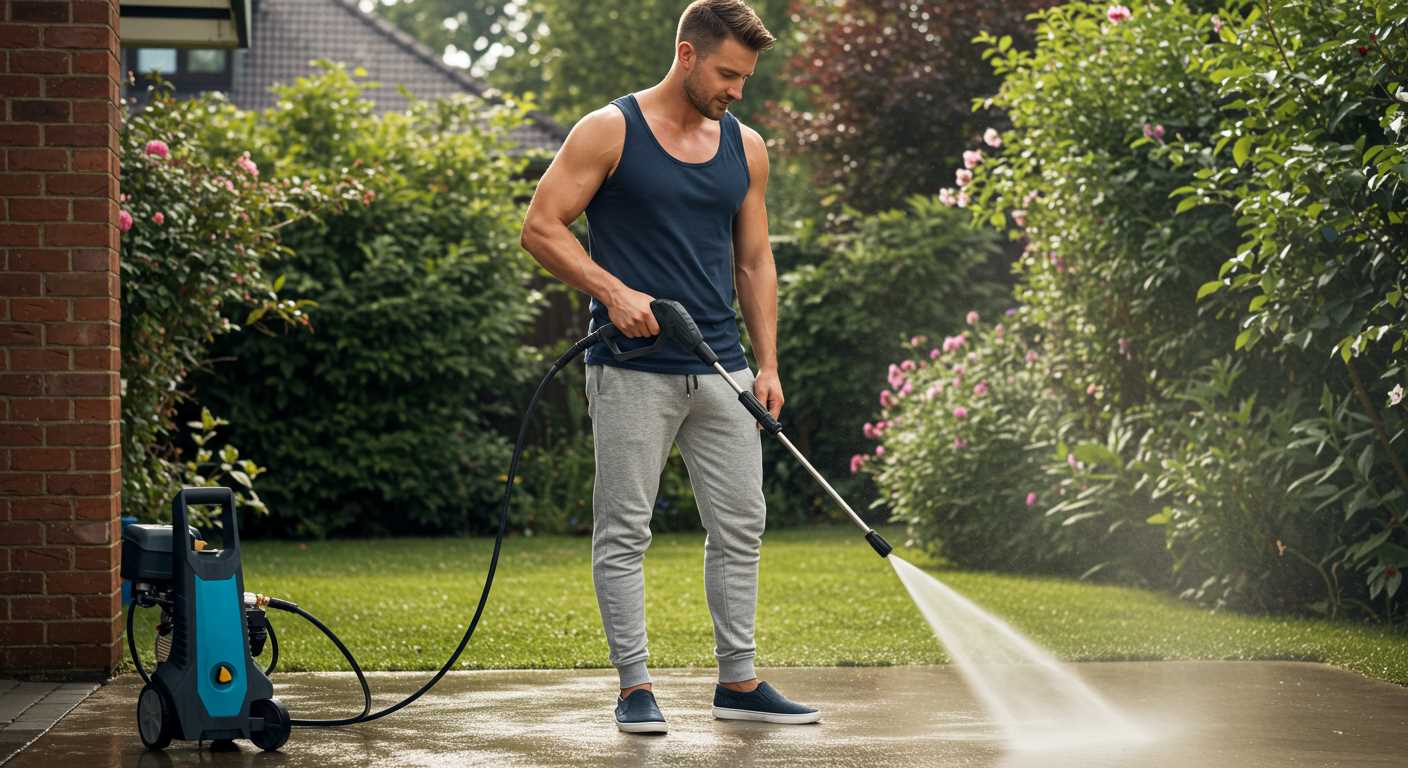
A range of nozzles is available, each designed for specific tasks:
- Zero-Degree Nozzle: Ideal for intense cleaning of tough stains, such as oil or ingrained dirt on hard surfaces. The narrow, concentrated spray can damage soft materials, so use it cautiously.
- 15-Degree Nozzle: Effective for cleaning concrete, brick, and other tough surfaces. This nozzle offers a balance between power and coverage, suitable for removing grime without excessive risk of damage.
- 25-Degree Nozzle: A versatile option for general cleaning tasks, including patios, decks, and vehicles. It combines coverage with effective cleaning power, reducing the risk of surface damage.
- 40-Degree Nozzle: Perfect for delicate surfaces like wooden decks or painted walls. The wide spray pattern allows for gentle cleaning while effectively removing dirt without damaging the surface.
- Soap Nozzle: Generally a wider conical spray used when applying detergent. This nozzle typically has a lower pressure to allow for even distribution of soap before rinsing.
Choosing Based on Task Requirements
When deciding which nozzle to use, consider the cleaning task at hand:
- For heavy-duty jobs, such as stripping paint or cleaning concrete driveways, opt for narrower nozzles like 0° or 15°.
- For routine maintenance, like washing cars or garden furniture, select wider nozzles for faster and safer cleaning.
- Always adjust the nozzle according to the surface material–hard surfaces can handle higher pressures, while softer materials require gentler sprays.
By matching nozzle types to cleaning tasks, efficiency increases, and the risk of damaging surfaces reduces significantly. Choose your nozzles wisely for the best outcomes in your cleaning projects.
Evaluating Accessories and Attachments
Before finalising your selection, focus on the accessories and attachments. These elements significantly enhance the versatility and performance of your unit. A solid range of attachments can adapt your machine to various cleaning tasks, making it a more worthwhile investment.
Nozzles and Tips
Consider a variety of nozzles to accommodate different surfaces and cleaning scenarios. The fan nozzles offer a wide spray pattern, ideal for cleaning large areas, while the pinpoint nozzles provide concentrated pressure for tough stains. If your work includes washing vehicles, a dedicated soap nozzle aids in applying detergent without over-saturating the surface.
<h3.Surface Cleaners and Brushes
Invest in surface cleaners for expansive flat areas like driveways and patios; they streamline the cleaning process, ensuring even coverage and reducing streaks. Additionally, scrub brushes with varying bristle stiffness are invaluable for tackling stubborn grime, particularly on textured surfaces. These tools can save significant time and effort, ensuring optimal results.
Assess compatibility; ensure that attachments fit your chosen model. Quality accessories not only boost effectiveness but are also designed for durability, thus extending the lifespan of your cleaning setup. Consider packages that offer key accessories, as they often provide better value than purchasing items individually.
Comparing Brands and Customer Reviews
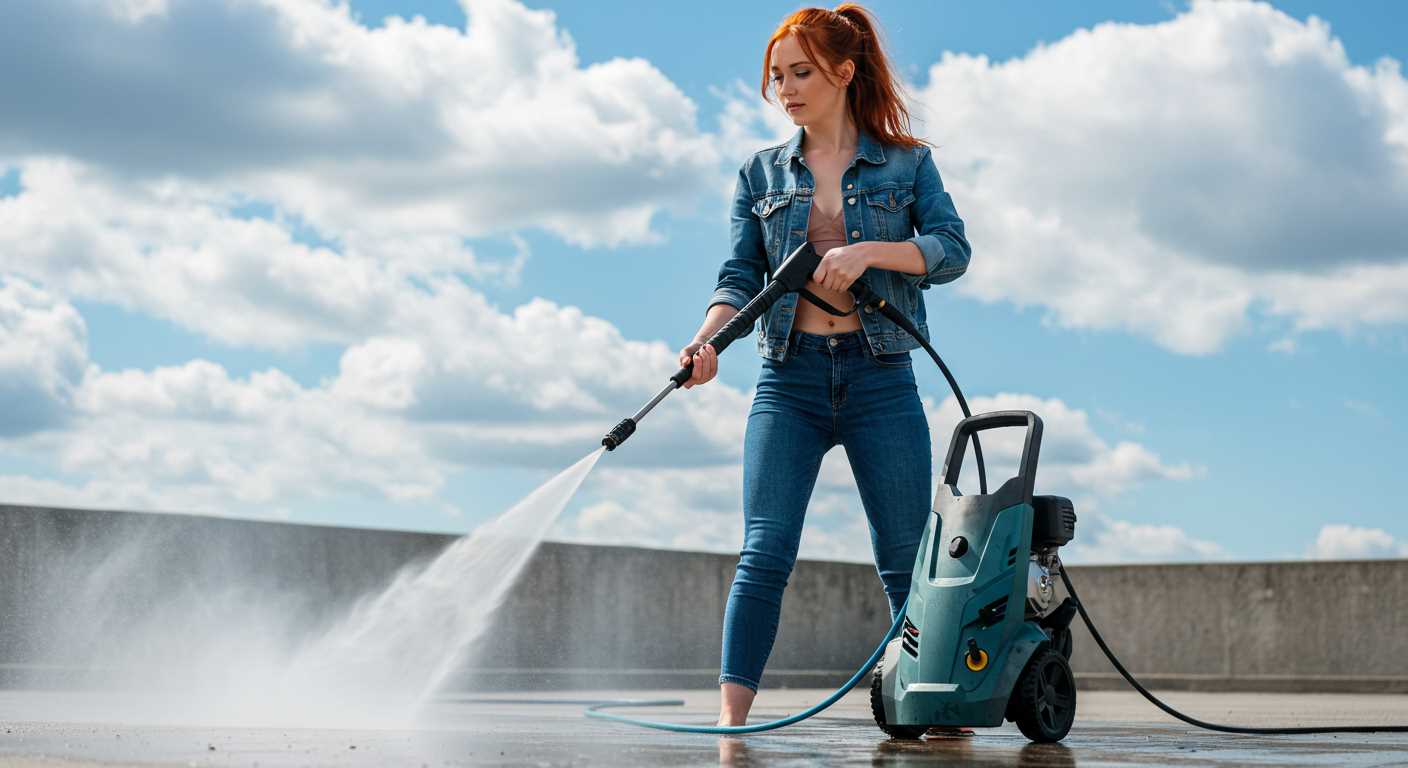
Researching brands is crucial in selecting a cleaning device that meets your requirements. In my experience, established names such as Kärcher, Ryobi, and Sun Joe often receive high marks for durability and performance. Kärcher, for instance, is well-regarded for innovation and a broad range of models that cater to various tasks. Ryobi tends to balance power and affordability, while Sun Joe is a go-to for eco-conscious users concerned about energy consumption.
Customer feedback plays a significant role in narrowing choices. Websites like Amazon and consumer review platforms reveal real user experiences, highlighting both strengths and weaknesses. A device may have impressive specifications, but reviews can provide insight into ease of use, assembly, and actual performance under different conditions.
Pay attention to recurring themes in customer comments. For example, if numerous users mention consistent pressure loss during operation, it may indicate a design flaw in that particular model. Similarly, if many reviews compliment the lightweight design and manoeuvrability, it suggests that portability is a strong suit.
Additionally, consider the service and support customers have received after purchase. Brands with reliable customer service often foster loyalty and positive relationships with consumers. Investigating warranty offerings can also provide peace of mind regarding long-term investments.
Finally, joining forums or groups dedicated to outdoor equipment can offer insider knowledge and real-life experiences that aren’t always reflected in ratings. Engaging with other users can help to clarify the effectiveness of specific brands in real-world applications.
Considering Warranty and Support Options
Evaluate the warranty period offered by the manufacturer, as this often reflects the confidence they have in their products. A minimum of two years is standard, but some brands extend this to three or even five years, which can provide valuable peace of mind.
Inspect what the warranty covers. Ensure it includes parts and, importantly, labour costs, since repairs can accumulate quickly. Some manufacturers may specify that using non-approved accessories may void the warranty, so reviewing these stipulations is essential.
Check the availability of customer support services. A brand that offers prompt assistance and comprehensive help resources, such as online manuals and troubleshooting guides, can make a significant difference in your experience. Look for brands with a dedicated support team that can be contacted via multiple channels–phone, email, or chat.
Research user feedback on warranty claims and support experiences. Online reviews often highlight how efficiently issues are resolved and how responsive the support staff is. A company’s reputation for addressing problems can greatly affect overall satisfaction.
Consider extended warranty options if available; they may seem worthwhile for higher-priced models. However, weigh the cost against the likelihood of needing repairs. In my experience, brands known for reliability may not require additional coverage.








